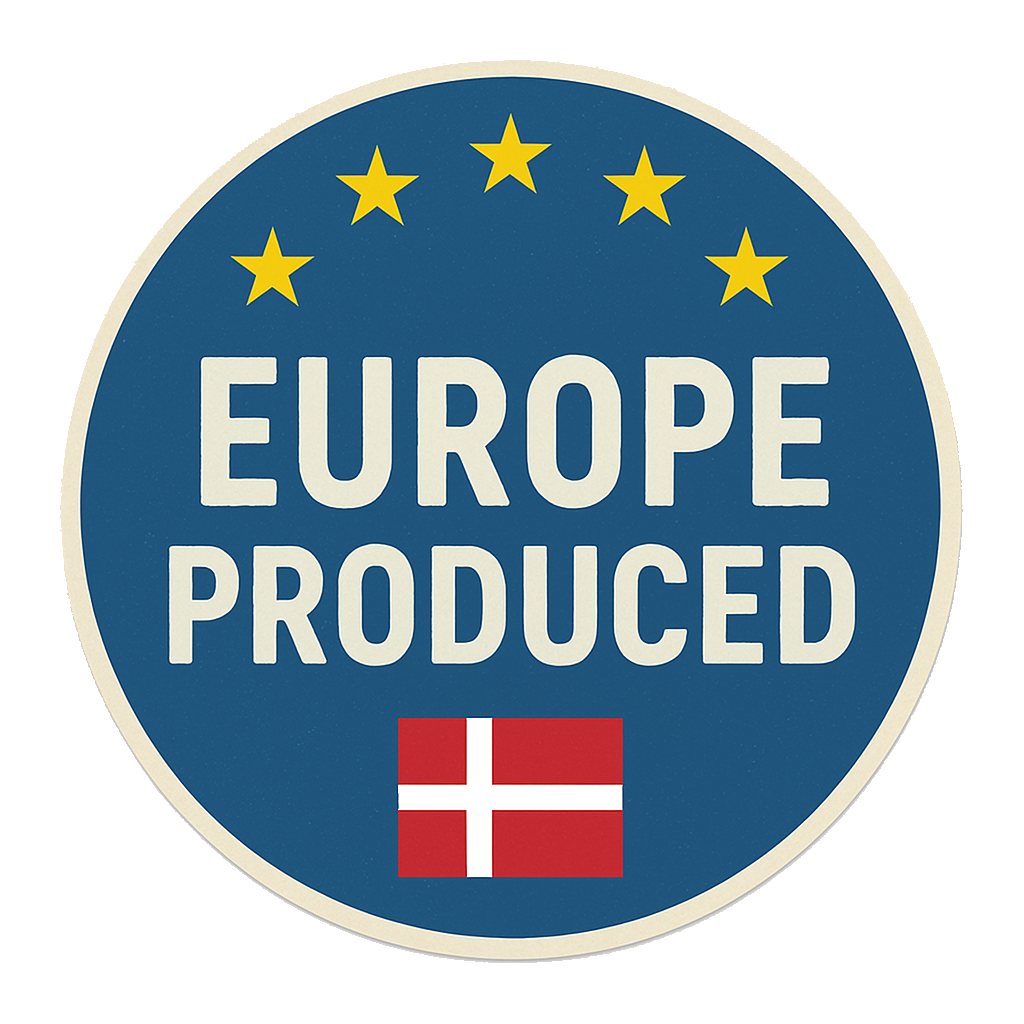
Material friction measured using JVL equipment
|
Novo Nordisk Tribotester uses MAC motor and step motor equipment from JVL
A tribotester is a general term for a unique piece of equipment that is used to perform tests and simulations of friction and wear on material surfaces. A tribotester typically must be specially developed according to the specific materials to be tested. It is not a stock item that can simply be ordered off-the-shelf. To develop a tribotester to meet their needs, Novo Nordisk Research and Development (R&D) therefore decided to enter a collaboration with two final year project students, Torben Ruby and Torben J. Herslund at the Technical University of Denmark (DTU). Today, the resulting tribotester is in use at Novo Nordisk and has become an important tool for the development and optimisation of material combinations in new injection systems for treating diabetes.
Tribology, the study of wear, friction and lubrication, plays an increasing role in the development of mechanical products. In step with increasing requirements for products to become smaller, lighter and more versatile than previous models, the contact area between moving parts has been reduced to such an extent that surface forces can exceed critical levels. This can lead to increasing numbers of defect products caused by lack of understanding of the material characteristics.
The basic principle of the Novo Nordisk tribometer is a “pin” of well-defined radius and material which is aligned perpendicular to a plane rotating “disk” of the same or different material. By applying a well-defined load, friction and thus wear occurs between the materials. The friction is measured as the inertial torque that results between the test materials.
The load on the pin is provided by a weight which can be moved along an extended arm. This provides the optimum form of load and also provides the possibility to change the load during tests.
Using this basic principle of the tribotester, a force transducer was developed to measure both the normal force and the frictional force. The measurement method selected was strain gauges, which consist of a thin electrical conductor which is glued to the test material to be measured. By mounting several strain gauges and connecting them in specific patterns, force can be measured independently of other effects.
It was decided to use an AC servo motor to drive the rotating disk and a step motor to position the weight and thus adjust the load. JVL A/S’s fully integrated AC servo motor (MAC 800 motor), with its built-in controller and features, eminently fitted the tribotester design and was selected to drive the disk. The motor was connected via a 5:1 planetary gear. JVL also offered any necessary support in the development of the tribotester. For positioning and control of the load, a Stögra step motor was used together with JVL Controller SMC35A.
During development of the project, JVL software MotoWare and MacTalk were used for sequencing. The completed machine is controlled from a PC using LabView via serial communication.
When the tribotester was complete, DTU’s project councillor Peder Klit submitted the project for the annual prize to the Mechanical Engineering Initiative Foundation. The project was nominated winner of the best Plastic and Medicinal technology prize under the title: Development of a test rig for the examination of polymer materials’ tribological characteristics. |
|
 The completed tribotester
 Schematic of the tribotester construction
 Principle of the tribotester Shortly after the academic examination, the tribotester was handed over to Novo Nordisk and the two graduate engineers were hired to commission the test rig.
Since then, the tribotester has contributed to several developments projects at Novo Nordisk and continues to do so.
[Article excerpt reproduced with the kind permission of Jern & Maskinindustrien and translated from Danish)
More information about:
|
JVL A/S Deutschland Moltkestr. 24 DE-72762 Reutlingen Deutschland
Tel: +49 7121 1377260 Fax: +49 7121 1377317 E-mail: sales@jvl.dk
Tel: +49 7121 1377260 Fax: +49 7121 1377317 E-mail: sales@jvl.dk












